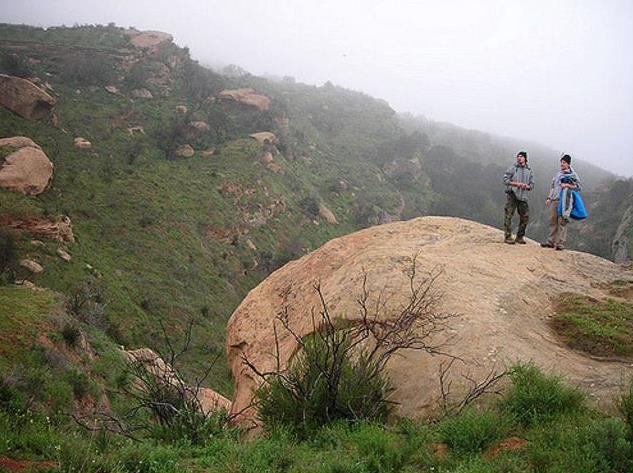
EnviroReporter.com Findings Summary
- Brandeis-Bardin Institute knew tritium plume under 2,878-acre camp since 1995 reports show
- 2017 BBI dioxin at 32 times nuclear Area IV background in Santa Susana Field Laboratory drainage
- 2017 report shows radioisotope tritium “elevated, due to past releases from SSFL”
- American Jewish University releases ‘fact sheet’ two days later contradicting own report
- AJU ‘fact sheet’ proclaims never “any evidence of contaminant migration from SSFL”
- Unorganized 2017 BBI report totals 1,372 pages for 8 soil and 6 water samples
- Poor handling of samples documented by lab for BBI’s 2017 report but still used
- 20 percent of 2017 BBI water tested positive for tritium
- 2015 report inaccurately claims Boeing stopped Area IV runoff into Northern Buffer Zone
- BBI finds in 2013 “elevated tritium in one of the new wells in the south-central region”
- 2006 tritium at Old Well Campsite shows SSFL groundwater contamination spreading north
- 2006 BBI “milk result indicates that area cows are grazing on grass containing perchlorate”
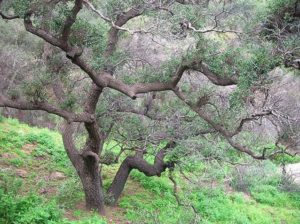
This 1991-2017 Brandeis-Bardin Reports Analysis by EnviroReporter.com (ER) supplements the exposé State papers over Brandeis-Bardin contamination. The analysis, working backwards from 2017 to 1991, was done in order to better explore the Brandeis-Bardin ‘white paper’ issued by California’s Department of Toxic Substances Control (DTSC).
The DTSC report extensively cites the TESTING MEMO 2017 performed by Brandeis-Bardin’s longtime environmental consultant, Joel I. Cehn. It was made public on the website of American Jewish University (AJU) which owns Brandeis-Bardin Campus (BBC or BBI). Summaries of reports dating back to 1991 are also on AJU’s website. These are analyzed too as their content was previously unavailable and conducted under Cehn throughout the last 26 years.
NBC4‘s I-Team of Joel Grover and Matthew Glasser are most responsible for the release of these documents in the wake of their ongoing LA’S NUCLEAR SECRET investigation. In fact, DTSC’s ‘white paper’ followed extensive pressure by AJU that the department does something to counter what was being exposed by the I-Team.
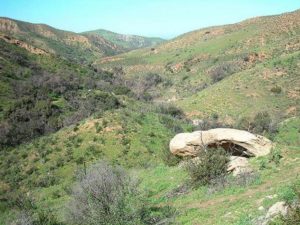
EnviroReporter.com‘s analysis of Cehn’s BBI reports, selected passages and data are highlighted. The original reports’ highlighting is noted as such. A bracketed EnviroReporter.com Note [ER NOTE] also follows these passages with its observations on the BBI reports.
Baseline comparisons of the background threshold values (BTVs) of radiological and chemical contaminants establish a solid scientific basis to look at toxic levels. That’s the standard which these pollutants will be cleaned up to at the adjacent Santa Susana Field Laboratory (SSFL) where NASA and Department of Energy (DOE) took place.
While this technical analysis isn’t breezy reading, the information presented herein was necessary to produce in order for EnviroReporter.com to write with authority State papers over Brandeis-Bardin contamination. DTSC and AJU claims that radiation and chemicals have not migrated from SSFL onto BBI are found to be factually inaccurate to put it as politely as possible.
Indeed, these reports show that BBI has known since 1991 that a continuous source of SSFL radiation has been flowing into the southwest part of the Jewish camp for decades all the up until today. The reports also reveal less than ideal scientific situations and data that raise questions, which ER asks. The proofs are detailed right on the spot leaving the reader with an accurate appraisal. These analyses are part of the ongoing investigation Brandeis-Bardin’s Toxic Denial.
Photographs by Danielle D.*
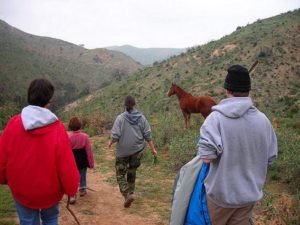
TESTING MEMO 2017
1,372 pages (pp) PDF
[http://aboutus.aju.edu/uploadedFiles/Updates1/Memo3_2017_R.pdf]
A. P. 2/1,372 DIOXINS IN SEDIMENTS
“SRE Drainage – 1.14 ppt.”
“This level is slightly above the Lookup Table’s background value of 0.912 ppt”
[ER NOTE: DTSC Chemical LUT says this is 2,3,7,8-TCDD TEQ1. USEPA Chemical BTV for 2,3,7,8-TCDD = 0.0358 pg/g (ppt) THEREFORE BBI DIOXIN HIT 31.8 TIMES BTV. “SRE Drainage” found in map on p. 6/1,372.]
B. P. 3/1,372
“Spring OS-7 contained tritium at 16.1 ± 6.4 pCi/L. A spring northeast of OS-7 (BB-16A) contained tritium at 41.9 ± 6.4 pCi/L. Both of these are slightly elevated, due to past releases from SSFL. Tritium levels continue to fall—OS-7 tested at 25 pCi/L in 2015—and will eventually become not detectable.”
[ER NOTE: PAGE 6/1,372 – MAP – OS-7 ABOUT 600 FEET DOWN FROM NBZ PROPERTY LINE.
CONTRADICTS AJU FACT SHEET HANDED OUT MARCH 29, 2017 TWO DAYS AFTER CEHN’S REPORT:
EnviroReporter.com reported on this in Brandeis-Bardin’s Toxic Denial:
“Environmental conditions on the Brandeis Bardin Campus have been studied extensively since 1991 by federal and state environmental agencies, as well as independent third-party engineers,” the AJU fact sheet states. “During that time, hundreds of soil, sediment, surface water, groundwater, and vegetation samples taken from the BBC have been analyzed. In 2016, an additional test – known as a gamma survey-was conducted on the main camp area and in the southern ravines. At no point in time have these tests shown any evidence of contaminant migration from SSFL.”
…
AJU has made no typo here as this claim is repeated. “In 1991, a rigorous testing program began at BBI to determine whether contamination at the SSFL had migrated to the BBI property,” says the fact sheet. “The results of those tests consistently show no migration from SSFL to the Brandeis Bardin property.”
The claim is repeated yet again this time citing AJU’s Tetra Tech report. “Tetra Tech found no evidence of contaminant migration from the SSFL,” reads the AJU fact sheet. Indeed, AJU’s shaky claims flow into leaky descriptions of how there is no way SSFL’s toxins can even get to Brandeis-Bardin property.
“Since 2010, storm water runoff from SSFL is primarily diverted away from Brandeis Bardin,” the paper claims. “Storm water diversions have been constructed on the SSFL to prevent the flow of runoff from the SSFL on or toward the BBC.”]
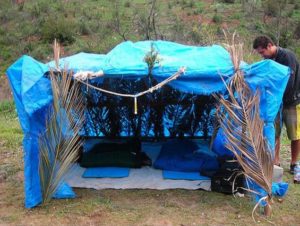
C. P. 3/1,372
“In 2012, EPA’s contractor detected gross alpha radioactivity in spring OS-10.** That result was attributed to sediment in the water sample (see discussion below). That test was repeated here and OS-10 was negative for gross alpha radiation. The spring was also tested for radioactive strontium-90, and none was detected.
[ER NOTE: “Negative” and “none” are not what would be found. Unsound science.]












Recent Comments